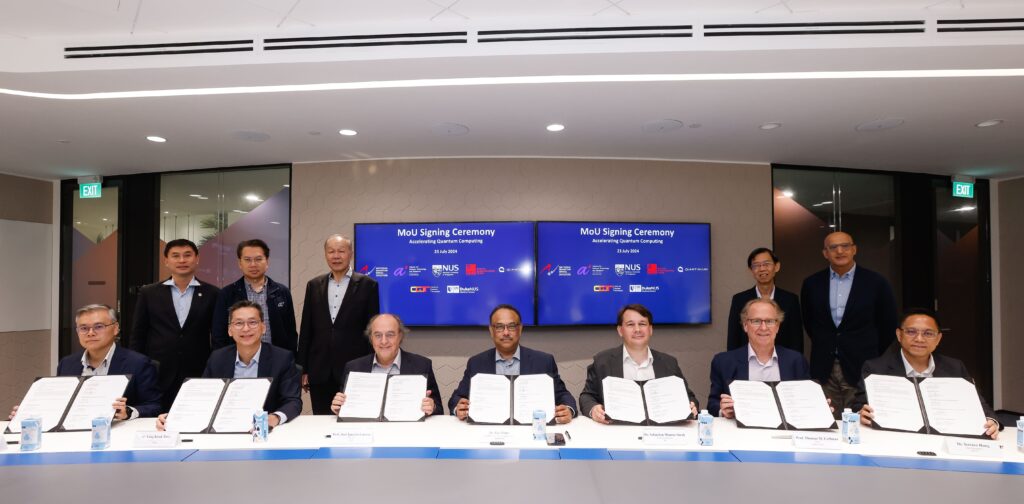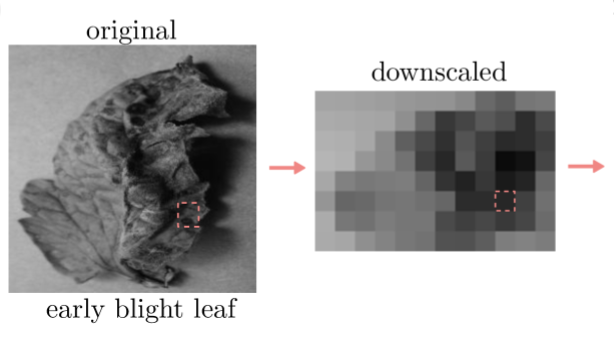Insider Brief:
- Multiverse Computing created an algorithm designed to turn a quantum computer into a mathematical tool that can run complex calculations, called continuous variables.
- Continuous variables can’t be counted because they can take on an unlimited number of values between the lowest and highest points of measurements.
- The algorithm was designed to run on programmable quantum computers and tested the algorithm on a simulator.
PRESS RELEASE — Multiverse Computing, a global leader in delivering value-based quantum computing solutions, has released new research that illustrates how today’s quantum computers can be used to do complex mathematical calculations using a new algorithm.
The algorithm created by Multiverse is designed to turn a quantum computer into a mathematical tool that can run complex calculations used by scientists on a daily basis, including derivatives, partial differential equations, Fourier analysis and other calculations which currently require specialized software to complete.
A new paper, titled “Variational Quantum Continuous Optimization: a Cornerstone of Quantum Mathematical Analysis,” explains this advancement.
“Our research shows that we can transform today’s Noisy Intermediate-Scale Quantum (NISQ) devices into advanced quantum-based ‘calculators’ that are able to do very complex calculations with very few qubits and limited error correction and provide value now,” said Román Orús, co-founder and Chief Scientific Officer at Multiverse.

“These simulations are at least comparable to the best classical computers today and will only improve as quantum computing performance increases,” Orús added.
The algorithm created by Multiverse is designed to enable calculations based on “continuous variables” which can’t be counted because they can take on an unlimited number of values between the lowest and highest points of measurements.
The algorithm could be used to optimize operations in a factory, for example, taking into account multiple continuous variables, such as temperature, humidity, air pressure and other constantly changing conditions.
The Multiverse team designed the algorithm to run on programmable quantum computers and tested the algorithm on a simulator. The algorithm’s efficiency is derived from the combination of two approaches to enable continuous optimization – encoding qubits with three continuous variables and quantum state tomography. The algorithm makes use of all the powerful features of quantum computers: entanglement, superpositions, and now continuous encoding.
“We will still be able to use these types of algorithms once we have fault-tolerant computers,” Orus said. “Quantum computers with more qubits and advanced error correction will only increase the accuracy, quality and the speed of the solution.”
If you found this article to be informative, you can explore more current quantum news here, exclusives, interviews, and podcasts.



















